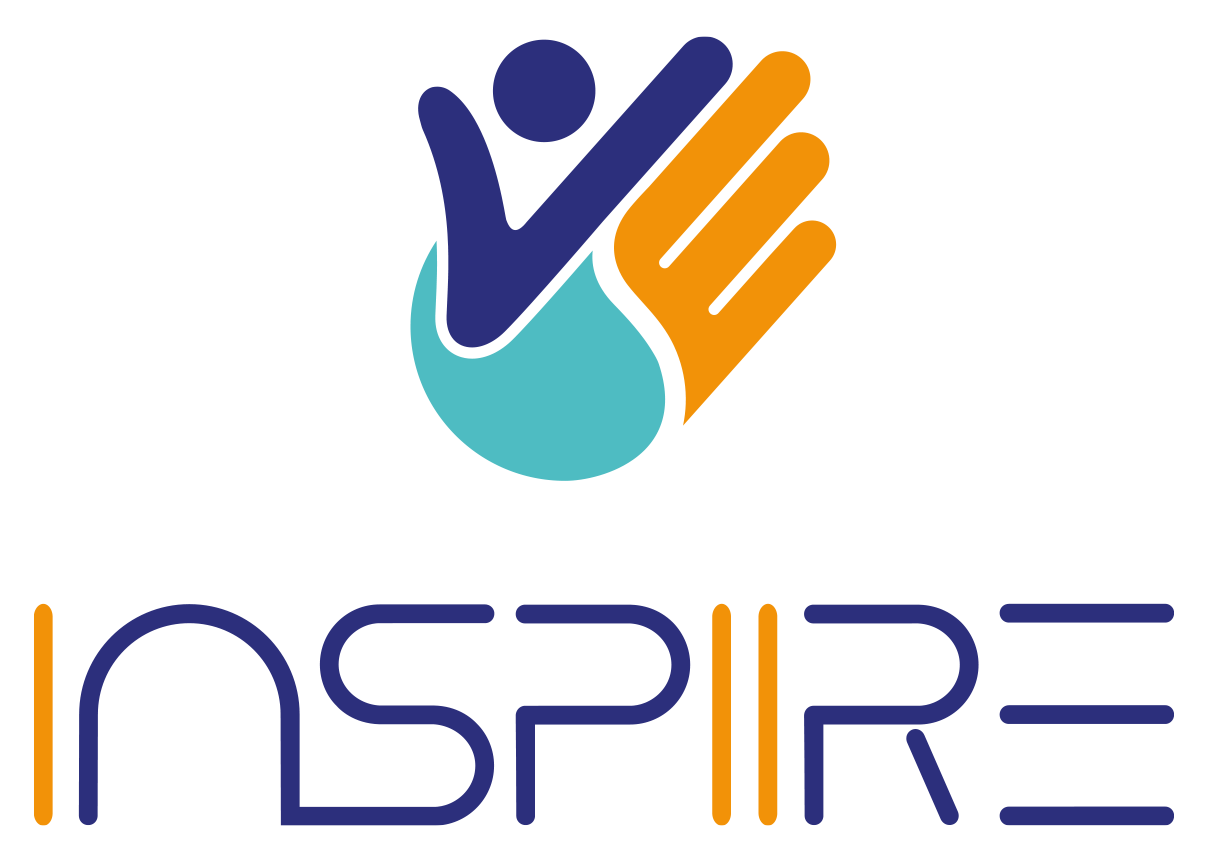The use of personal pronominal references in personal testimonies of traumatic and violent events
Étude des références pronominales à soi dans les témoignages d’événements traumatiques de guerre et d’attentats
Résumé
The traumatic experience is characterized by “uns-peakability:” there are no words to truly express, to translate, torepresent the horror. And yet, paradoxically, the main access toour knowledge of traumatic dissociation comes from what patientsmanage to tell us, if only partially, chaotically. . . The lexical, syn-tactic, and pragmatic imprints of the trauma on discourse, whichwe have baptized psycholinguistic traumatic syndrome (SPLIT),are expressed according to an automatico-voluntary dissociationtaking gradual form: the more the trauma appears present, themore the psycholinguistic stigmata manifest themselves; the morethe subject psychically moves away from the trauma and its conse-quences, the more the discourse returns to the nominal state.How can the subject become master of his own life, of his ownspeech, without being constrained by trauma? How do some sub-jects manage, alone or with the help of others, to extract themselvesfrom their flashbacks by narrativizing the traumatic scene? Thesespaces of return to the “I” have never been studied in French in thediscourse of patients suffering from posttraumatic stress disorder.In addition to the linguistic form “I,” what other forms (personal,exclusive, inclusive, generic) do speakers of traumatic narrativesuse in their discourse in order to refer to themselves?
Methods. – Based on the testimonies of survivors of the Bataclanattack collected immediately after the event and a few years later,as well as on the narratives produced by military patients sufferingfrom chronic posttraumatic stress disorder, we analyze, through theprecise linguistic study of pronominal markers, how the speakersrefer to themselves.Results. – A detailed analysis of the pronominal forms and thedifferent values they signify led us to four main findings: (i) over-representation of the first person in traumatic narratives, both bythe use of the pronoun “I” and by others pronouns including thespeaker; (ii) predominance of the use of generic pronominal valuesin traumatic narratives; (iii) preferential use of the exclusive valueof the pronoun “on” in the “War in Afghanistan” corpus; and finally(iv), the temporal unfolding of these first three results mirrorsthe habitual chronology that characterizes the clinical evolutionof posttraumatic stress disorder.
L’objectif de cette étude est d’examiner de quelle manière les locuteurs font référence à eux-mêmes lorsqu’ils produisent un récit d’un événement traumatique. La forme la plus courantepour faire référence à soi est le pronom de première personne singulier « je », mais d’autres pronoms qui incluent le locuteur peuvent être utilisés : « nous », « on », « ainsi » que « tu » et « vous » dans leur valeur générique. Ces formes ont été repérées et analysées dans trois corpus de récits traumatiques comparés à un corpus contrôle de récits non traumatiques. Les corpus de récits traumatiques sont constitués de témoignages de survivants du Bataclan recueillis immédiatement après l’attentat ainsi que quelques années plus tard, ainsi qu’à partir des récits produits par des patients militaires souffrant de TSPT. Nos résultats montrent une surreprésentation de la première personne dans les récits traumatiques, tant par l’emploi du pronom « je » que par les autres pronoms incluant le locuteur ; une prédominance de l’emploi des valeurs pronominales génériques dans les récits traumatiques ; une utilisation préférentielle de la valeur exclusive du pronom « on » dans le corpus « Guerre d’Afghanistan ». De plus, le déroulé temporel de ces résultats suit la chronologie de la clinique évolutive du TSPT.
| Origine | Fichiers produits par l'(les) auteur(s) |
|---|---|
| licence |





